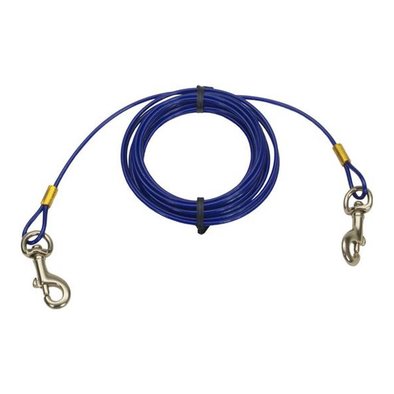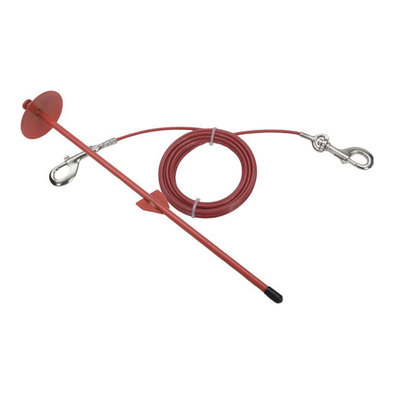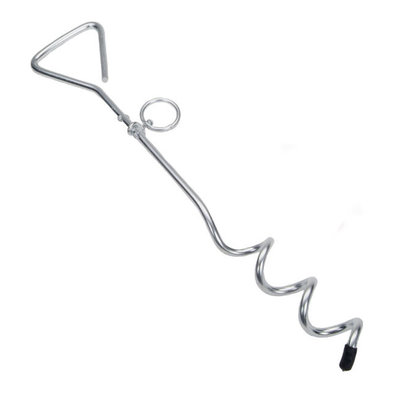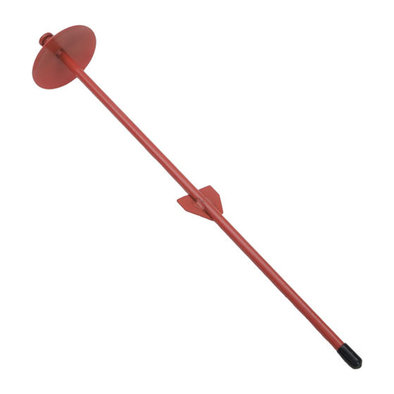What to Do if Your Dog is Stung by a Bee or Wasp
Most of us have experienced the pain of being stung by a bee or wasp at some point in our lives. Whether getting a bit too close to a nest or hive or simply having bad luck while minding your own business, getting stung is never fun! Now, think about how much worse it must be for your furry family member, who can’t show you where it hurts or remedy the pain themselves!
As dogs are curious creatures, a lot of their time outdoors is spent sniffing and investigating every inch of the yard. Because of this, oftentimes when a dog gets stung it is on their nose. If attempting to catch the bee or wasp, they may even get stung inside their mouth, throat or on their paw. If you suspect that your dog has been stung, be sure to examine their entire body in case there are multiple stings.
If your beloved companion has been stung, remove the stinger as soon as possible. After puncturing your dog’s skin, the stinger can continue to inject venom for up to three minutes, so it’s best to remove it as quickly as you can. Be mindful of how you are removing the stinger, as squeezing too hard can cause even more venom to be released. Instead, try gently scraping the stinger out.
Getting stung will likely cause that part of your dog’s body to swell up. Try placing an ice pack or cool compress on the swollen area to help relieve some of your furry friend’s pain and bring down the swelling. You should also contact your veterinarian to let them know what has happened and how your dog has reacted, so they can advise you of any cause for concern.
The swelling will typically go down after some time once the stinger has been removed, however it’s crucial to closely monitor your dog as there is a chance that they could severely react. Some dogs are allergic to bee or wasp stings and can go into anaphylactic shock. If you notice any symptoms of a severe reaction, such as trouble breathing, vomiting, pale gums, weakness or a very large amount of swelling, bring them to your veterinarian or an emergency animal hospital immediately.
If your backyard includes a garden full of flowers or vegetables, consider installing a fence around its perimeter. As many flowers and other plants attract a wide variety of insects, many of which sting, a fence can prevent your fur baby from getting too close to the plants. You can also use a tie out stake and cable to keep them away while still allowing them to roam the yard.






